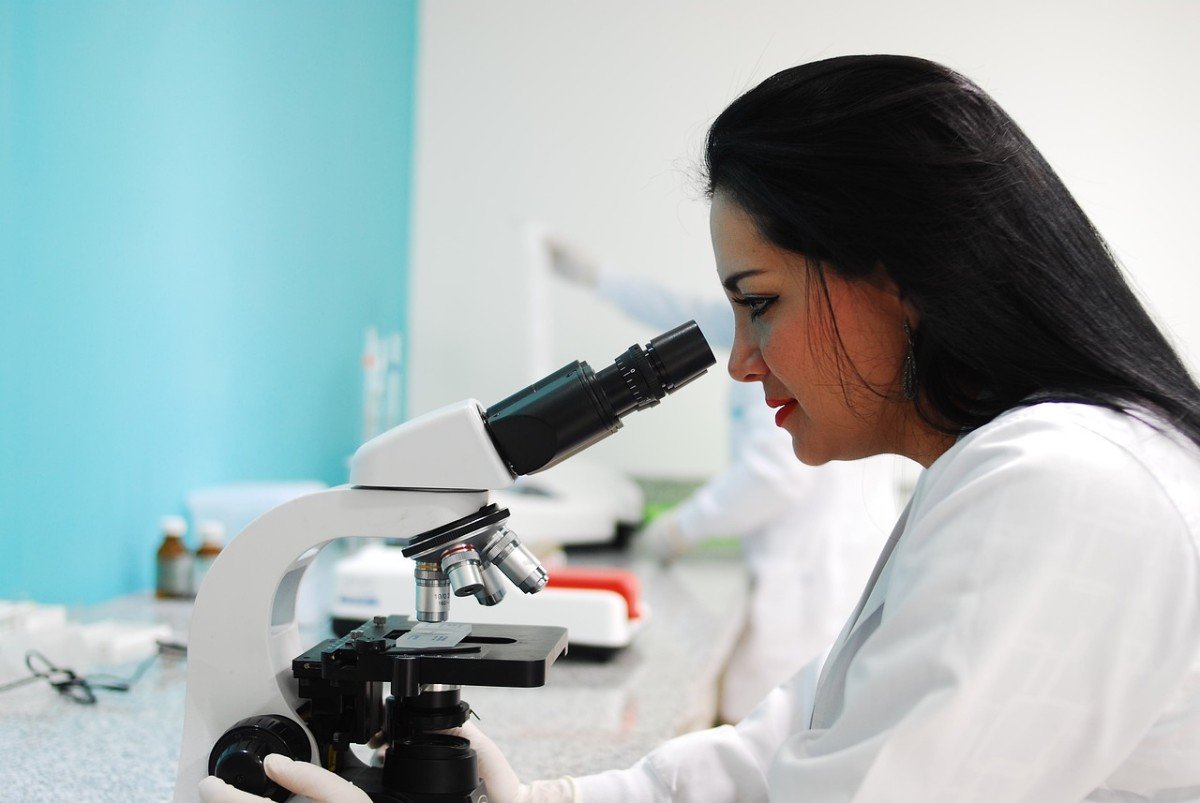When searching for the best microscopes for laboratory use, there are a few key features to keep in mind that will make a big difference in your experience. Here’s what you should consider:
Being aware of these features can help you find the best microscopes for laboratory work, making your experiments more efficient and less frustrating. Take your time when choosing; the right microscope is an investment in your research and learning!
Top Microscopes of 2024
If you're diving into the world of microscopy, you’ll want to know about the top microscopes that are making waves in 2024. Whether you're a seasoned lab professional or just starting out, finding the best microscopes for laboratory use can significantly enhance your research and experiments. Here’s a round-up of some that have caught our attention this year!
1. Olympus CX23
The Olympus CX23 is a fantastic option for anyone needing a reliable and cost-effective microscope. It offers clear imaging and is user-friendly, making it perfect for educational settings and basic laboratory work. With its durable design and built-in LED illumination, it provides consistent performance session after session.
2. Nikon Eclipse Ti2
For those looking for advanced features, the Nikon Eclipse Ti2 is hard to beat. This microscope provides excellent imaging quality and a wide range of applications, from brightfield to fluorescence. It's ideal for serious researchers who want to take their studies to the next level, with user-friendly controls that streamline the process.
3. Zeiss Axio Observer
The Zeiss Axio Observer is another standout, known for its versatility and outstanding optics. It's designed for live-cell imaging, making it a go-to choice in many biological labs. Plus, its modular design allows for easy upgrades, so it can grow with your laboratory’s needs.
These options represent some of the best microscopes for laboratory use in 2024. Each one brings its unique set of features and benefits, so consider what matters most for your work—whether it's budget, technology, or specific applications. Happy microscoping!
How to Choose the Right Model
Choosing the right microscope can feel overwhelming with so many options out there. But with a little guidance, you’ll find one that fits your needs perfectly. Here’s a straightforward approach to help you identify the best microscopes for laboratory use in 2024.
First, think about the type of work you’ll be doing. Are you looking at tiny organisms, or do you need to inspect materials? Different models excel in different areas. For biological studies, a compound microscope is often the best choice, giving you a clear view of slides. If you’re working with solid samples, a stereo microscope can provide great depth perception and detail.
Next, consider the magnification and resolution. These are key factors that determine how clearly you can see your specimens. Generally, a microscope with a high magnification power (like 1000x) and excellent resolution will give you the best results. Look for models that offer adjustable magnification, so you can zoom in and out as needed.
Finally, don’t forget about ease of use and maintenance. Some microscopes come with features that make them user-friendly, like LED lighting or simple focusing mechanisms. Check reviews to see what other users say about their experiences. A good microscope should not only perform well but also be comfortable and straightforward to operate.
Tips for Maintaining Your Microscope
Keeping your microscope in great shape is essential, especially if you've invested in one of the best microscopes for laboratory use. Regular maintenance can help extend its life and ensure you get clear, sharp images every time you look through it. Here are some simple tips to help you care for your microscope.
First off, always start with a clean lens. Use a soft, lint-free cloth or a lens cleaning solution specifically designed for optical equipment. Avoid paper towels or rough fabrics as they can scratch your lenses. Plus, be gentle. A little pressure goes a long way.
Don't forget to regularly check the illumination. If your microscope uses a bulb, make sure it’s clean and replace it if it’s burned out. Dust can build up over time, so keeping that area clean will help improve your view. If you use LEDs, they typically last longer, but it’s still good to check them periodically.
Finally, store your microscope in a dust-free environment when it's not in use. A protective cover or a dedicated cabinet can help prevent dust and debris from collecting on your equipment. This is especially important for the best microscopes for laboratory, as they are sensitive and need care to maintain their performance.

